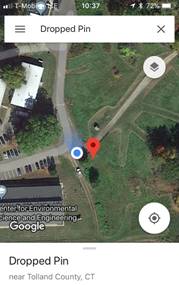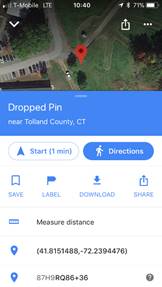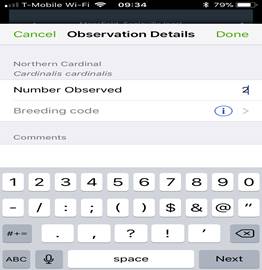We used these survey instructions during our 2018-2022 data collection. This page has been archived for the historical record.
Although most atlas data will come from targeted block visits, we know that birders regularly encounter evidence of breeding at other times. For example, when on a regular birding trip, when looking for a rare visitor, or even just when travelling to work or tending a garden. Even when not in your block, these observations provide valuable evidence for the atlas, especially if they indicate probable or confirmed breeding.
Because these observations do not come from standardized searches in which we are also collecting data on the time you spend surveying blocks, we want to keep these data separate from the regular block data. Consequently, you should not enter them using a standard field card. Instead use the Incidental Observation Form. For these incidental observations, we need to be able to map the exact location as closely as possible, so that the record can be assigned to the proper survey block. The more precisely you can locate the record the better, as that will provide more information on the habitat used by the species, which we can use to better understand what conditions each species needs.
There are several ways you can provide location information listed below. Options 1 and 2 require that you use a smart phone or eBird, but options 3 and 4 do not.
OPTION 1: PROVIDE THE LATITUDE AND LONGITUDE COORDINATES FOR THE EXACT LOCATION
If you use a smart phone, this is the best option and is relatively easy with most mapping apps. The example below describes how to do this using the Google Maps app on an iPhone (note that slight differences might apply on different phones). There are also many web sites that you can access on the internet from your computer where you can look up the coordinates of a specific location.
Example
- Open Google Maps
- Press your finger on the location of the bird or nest that you observed (a blue dot will show your current location). Doing this will place a red pin on the location you want to mark. See first image below.
- Once you have selected the location (named “dropped pin” in Google Maps), slide up the bar at the bottom of the phone screen.
- From the information provided, simply copy the coordinates onto the Casual Observation form. In the second image in the example below, the coordinates of the pin are 41.8151488, -72.2394476.


OPTION 2: ENTER THE DATA IN EBIRD
If you use the eBird app on your phone, the easiest way to submit these observations is simply to generate an eBird checklist (either stationary or incidental), select the species in question, and include a breeding code from the built-in list of codes in the app. To add the code, simply select the species you want to enter data for, then touch the line that says “Breeding code” (see screen capture, below) and you will be given a list of codes to choose from. If you enter eBird data via a web site, there is a similar procedure.
If you use this option, please share your checklist with the atlas eBird account (ctbirdatlas) to ensure we get the information immediately. You can do this by going to the checklist in your eBird account and clicking the “Share w/Others in your Party” link, which is near the top on the right. Then enter “ctbirdatlas” in the box at the top and click on the “Share Checklist” button. For more information on checklist sharing, click here.

OPTION 3: ENTER THE BLOCK NUMBER
If you are not a seasoned smart phone user, and are unable to identify the precise location of your observation, the easiest solution is to go to the atlas web site where you can look for the location of the sighting on the Block Map page and determine which block you were in. Then you can simply enter the block number on the data sheet instead of the coordinates.
OPTION 4: SEND US A MAP
Finally, if none of the methods above will work for you, you can simply print out a map of the location, mark the point on it, and send it to the atlas data entry team either by email (as a scan or digital photo of the map) or by regular mail. We will make sure that the data gets into the database. Note that this option is the most time consuming so it is not ideal if you have dozens and dozens of incidental records. But, for unusual reports (rare species, hard to confirm species, species confirmed to be breeding outside their normal breeding areas, etc.) please send us your information by whatever method is most convenient.